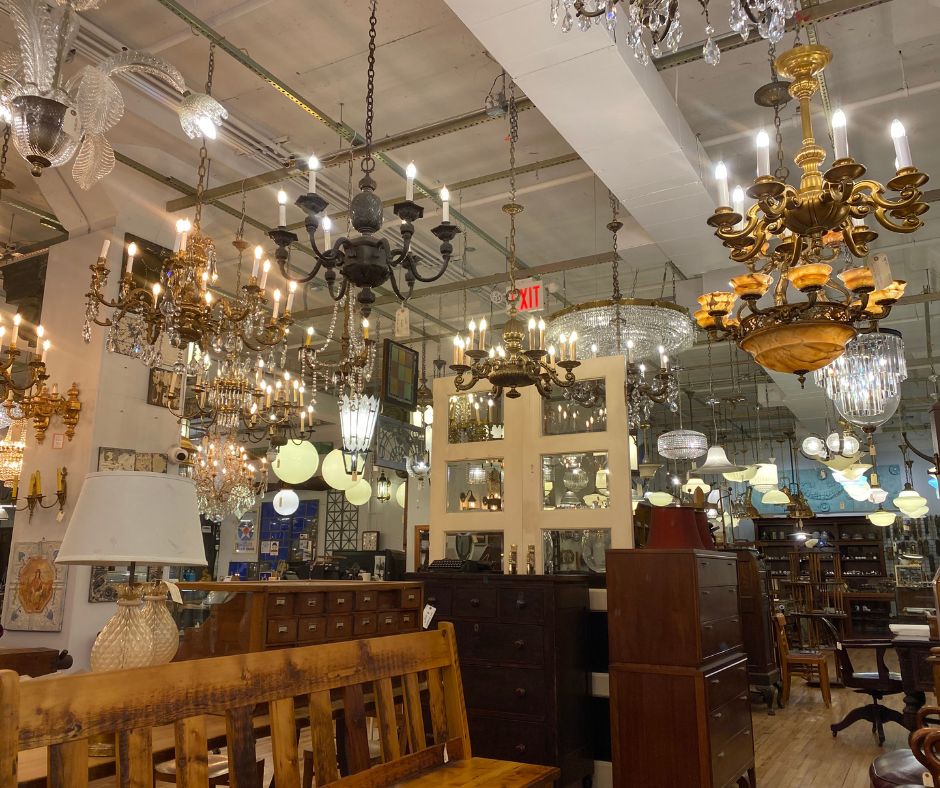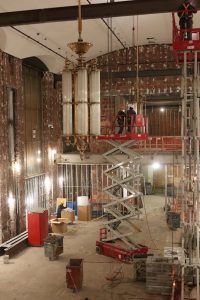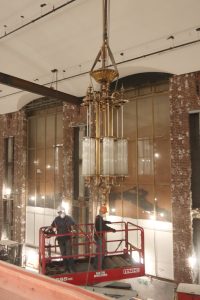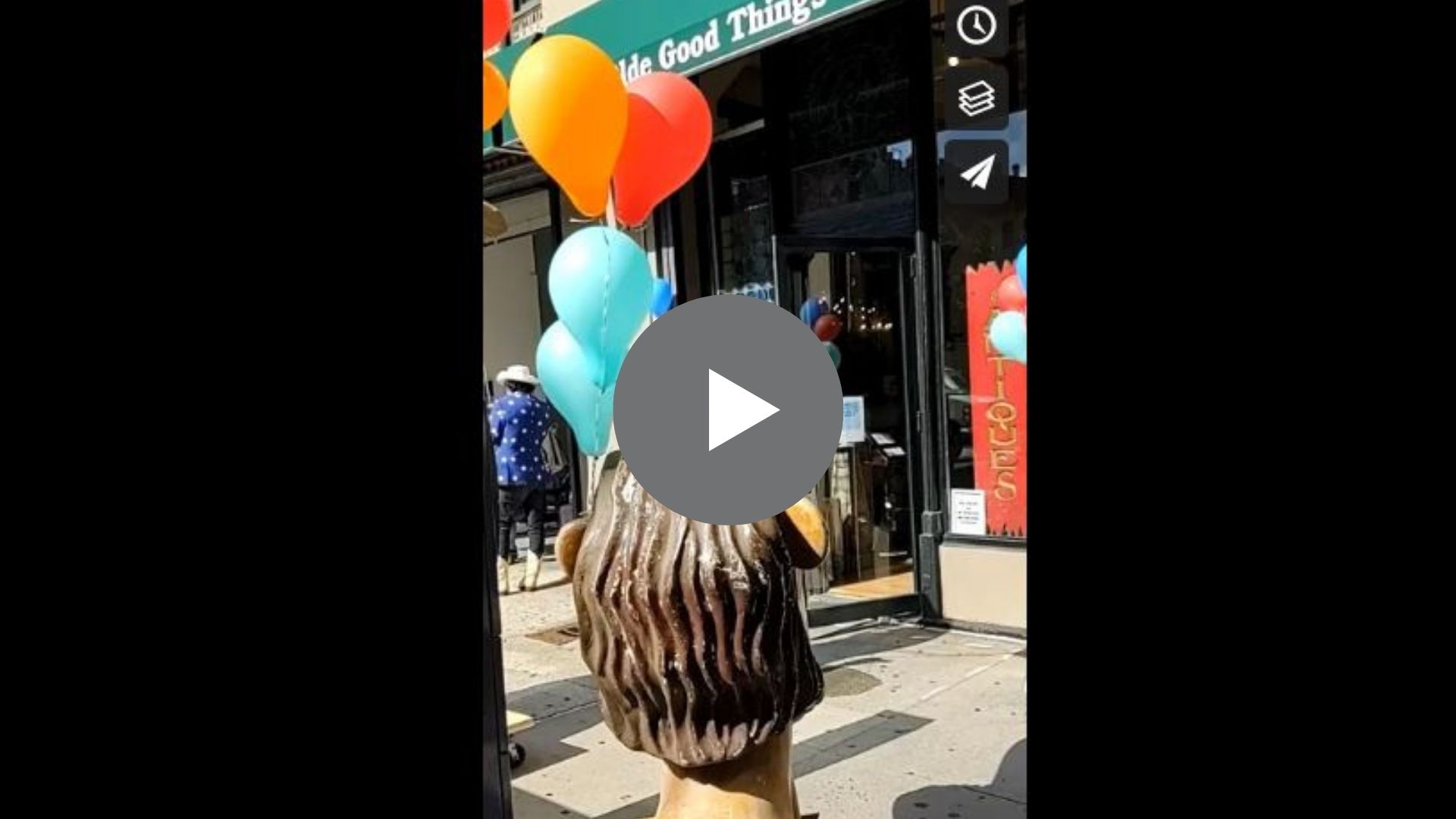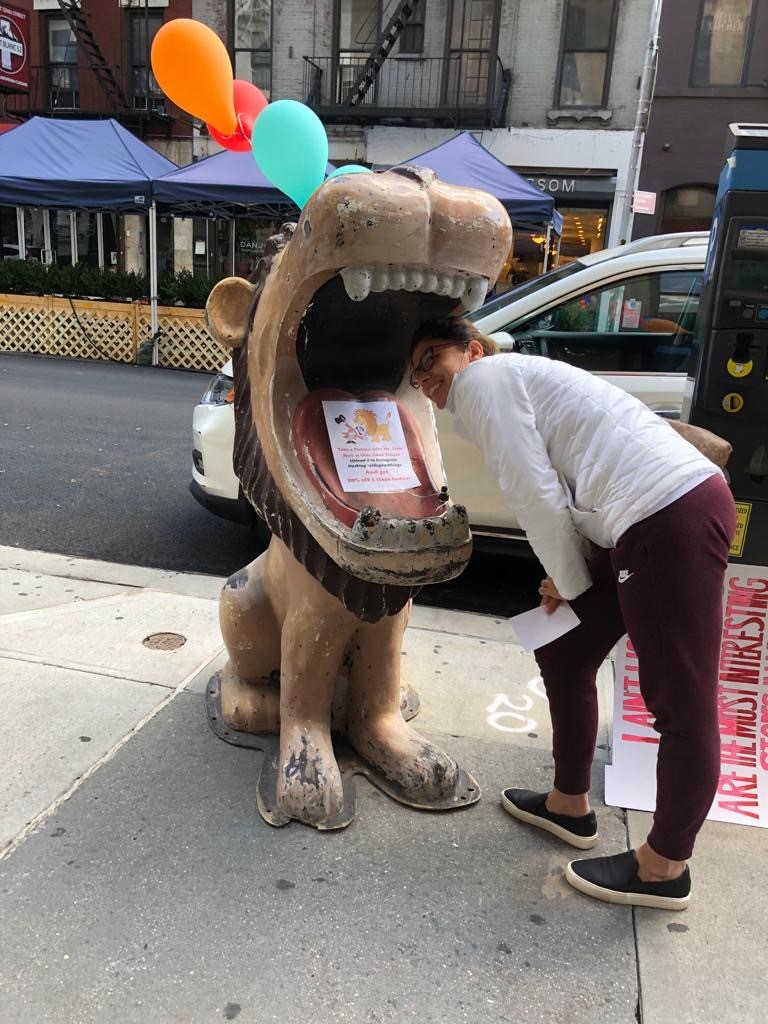1. The Flatiron Building is located in Manhattan, New York City. The construction of the Flatiron Building began in 1901 and was completed in 1902, taking approximately a year to finish.
2. Designed by Daniel Burnham, it became an iconic symbol of New York. Daniel Hudson Burnham (1846 – 1912) was an influential American architect and urban planner. He was born in Henderson, New York, and went on to become one of the most prominent architects of his time. Burnham played a major role in the design and planning of the 1893 World’s Columbian Exposition in Chicago, often referred to as the Chicago World’s Fair. Burnham’s work had a lasting impact on American architecture and urban design. His ideas shaped the aesthetic and functional development of cities across the United States.
3. Positioned at the crossroads of Fifth Avenue and Broadway, the building acquired its unique triangular structure. Its precise address stands at 175 Fifth Avenue, solidifying its place in history.
4. Upon completion, the Flatiron Building stood as one of New York City’s tallest structures. Presently, One World Trade Center, reaching a symbolic height of 1,776 feet, holds the distinction as the city’s tallest building.
5. Initially dubbed the Fuller Building, it bore the name of its proprietor, George A. Fuller, who oversaw its construction and ownership during its early years. The Fuller Building was officially renamed the Flatiron Building in 1899, owing to its distinctive triangular shape resembling a clothes iron, not long before its completion in 1902.
6. The utilization of a steel frame in the building’s construction marked a groundbreaking innovation during its era. This structural advancement not only ensured stability but also facilitated the creation of its iconic and unconventional triangular design.
7. The Beaux-Arts architectural style significantly influenced the design of the Flatiron Building. This style’s emphasis on grandeur, classical elements, and intricate detailing can be observed in the building’s ornate façade and overall aesthetic, adding to its timeless allure.
8. The Flatiron Building has attained iconic landmark status through its appearances in diverse films, photographs, and artworks. Its distinct triangular silhouette and historical significance have caused it to earn its place as a celebrated symbol of urban architecture and culture.
9. The building’s slender profile and distinctive design posed challenges in efficiently using its interior space. Architects had to devise innovative solutions to accommodate functional layouts within the constraints of its triangular structure, showcasing their creative adaptability.
10.In 1966, the Flatiron Building earned the designation of a New York City landmark. This recognition underscored its historical and architectural significance, safeguarding its legacy for generations to come.
11. A cherished tourist destination, the Flatiron Building embodies New York City’s architectural heritage. Its striking form and historical prominence make it a quintessential symbol of the city’s rich urban legacy, captivating visitors from around the world. It is among the most photographed buildings in the world.
12. The vibrant Flatiron District, named in honor of the iconic building, has evolved into a lively neighborhood in Manhattan. Characterized by its dynamic atmosphere, diverse businesses, and cultural attractions, it stands as a testament to the building’s enduring influence.
13. Positioned advantageously, the Flatiron Building provides captivating vistas of Madison Square Park. This strategic location enhances its allure, offering both residents and visitors a splendid panorama of the park’s natural beauty and urban surroundings.
14. The building’s unparalleled design has served as a wellspring of inspiration for architects and designers. Its innovative triangular form and groundbreaking construction have ignited creativity, shaping contemporary architectural thought and pushing the boundaries of structural aesthetics.
15. The Flatiron Building’s cultural significance has been enriched through its appearances in television shows and literature. These portrayals in various media forms have contributed to its iconic status, solidifying its place as a cherished symbol of architectural and artistic allure.
16. Enduring the trials of the Great Depression and evolving urban landscapes, the Flatiron Building has stood resilient. Its ability to weather these challenges showcases its enduring legacy and resilience in the face of changing times and contexts.
17. The Flatiron Building resonates with the vibrant pulse of New York City. Its distinctive presence symbolizes the city’s dynamic spirit and serves as an architectural embodiment of its lively, ever-moving energy.
18. The exterior of the Flatiron Building is primarily constructed using terracotta, a type of fired clay. This material gives the building its distinctive ornate façade and contributes to its unique appearance and historical charm.
19. To safeguard its historic attributes, the Flatiron Building underwent substantial restoration during the 1990s. More recently, its exterior has undergone meticulous renovation, ensuring the preservation of its architectural significance for current and future generations to appreciate.
20. You have the opportunity to possess a fragment of the Flatiron Building’s history. Olde Good Things obtained a significant collection of salvaged copper window frames from the building’s renovations. These frames have been ingeniously transformed into mirrors, preserving their legacy in a new form. Please view this product online here.








